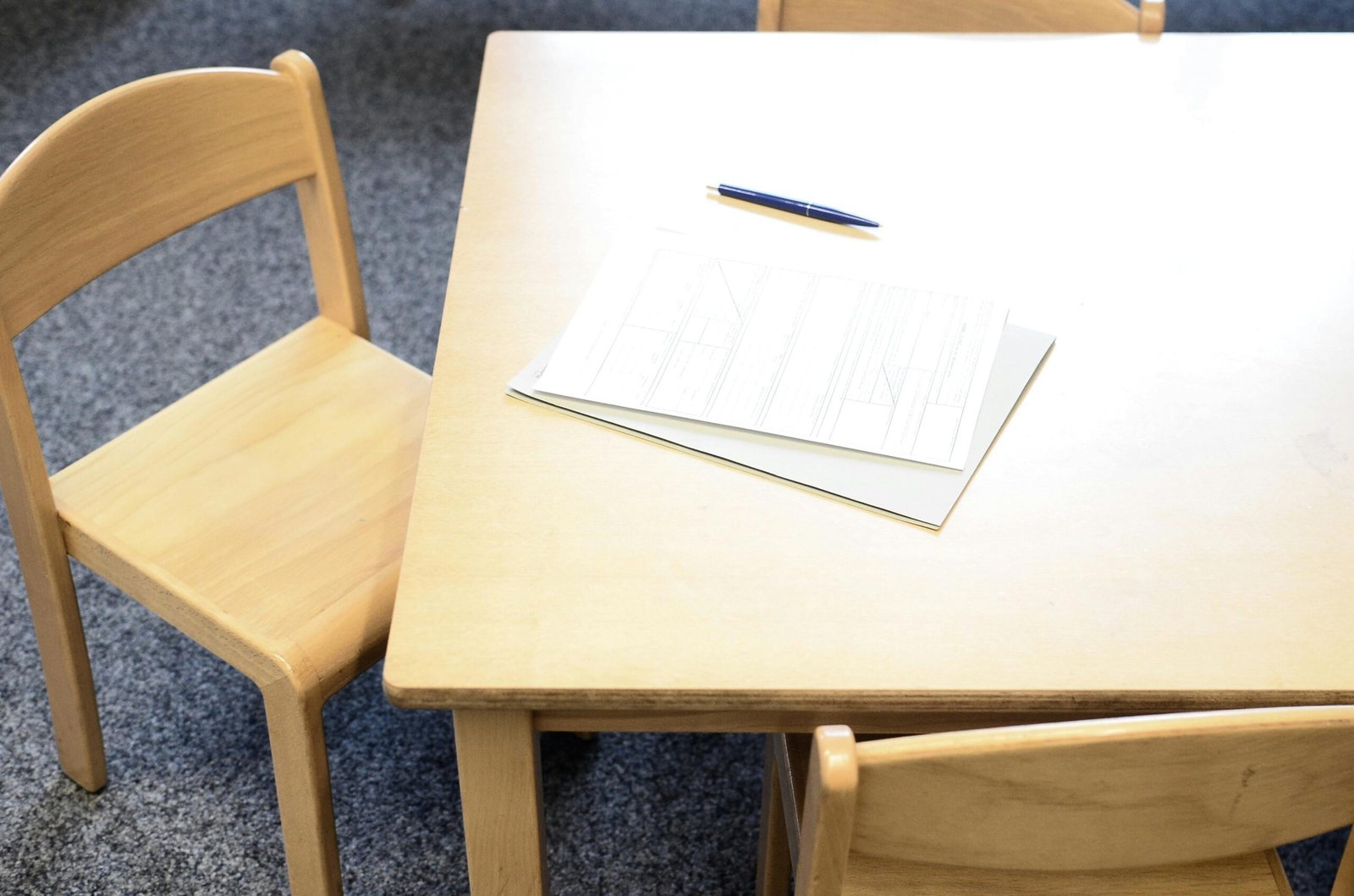How to Protect Wooden Furniture from Monsoon Humidity in Pakistan
Introduction
Wooden furniture adds timeless charm and warmth to any home, especially in Pakistani households where beautifully carved wooden beds, tables, and cabinets are passed down through generations. But when the monsoon arrives, that beauty is put at risk. High humidity, damp air, and unexpected leaks can wreak havoc on your prized pieces. So, how can you make sure your furniture weathers the storm?
Let’s dive into smart, practical ways to protect wooden furniture from monsoon humidity in Pakistan, without breaking the bank or losing sleep every time it rains.
Understanding the Impact of Monsoon on Wooden Furniture
When humidity levels rise, wood absorbs moisture from the air. This makes it expand, swell, and eventually warp or crack. Over time, even the strongest wood will give in if it’s not cared for. Monsoon season in Pakistan typically brings long stretches of rain, and combined with poor ventilation, this creates a perfect breeding ground for mold and mildew.
Common Types of Wooden Furniture Affected
Indoor Wooden Furniture
Your indoor furniture may seem safe, but indoor humidity can be just as harmful. Think of wooden wardrobes, kitchen cabinets, and even your bed frame.
Outdoor Wooden Furniture
Garden chairs and patio sets take the hardest hit. Constant exposure to rain and moisture can cause them to rot if not properly treated.
Antique and Heirloom Pieces
Old wood is more sensitive. These pieces often have intricate carvings and untreated surfaces that are highly prone to damage.
Early Warning Signs of Humidity Damage
Don’t wait for the damage to be done! Look out for:
-
Warping and swelling of doors or drawers
-
Mold or mildew on the wood’s surface
-
Foul, musty odors
-
Cracks or splits
-
Discoloration or white patches
Preparing Your Home for Monsoon
Improving Ventilation
Keep air moving. Open windows when possible and use fans to circulate air, especially in closets and storage areas.
Using Dehumidifiers
A dehumidifier is your best friend during the monsoon. It sucks excess moisture from the air and keeps humidity levels in check.
Sealing Windows and Doors
Make sure no water leaks in through cracks. Use weather stripping or silicone sealant to block moisture from entering.
Practical Tips to Protect Wooden Furniture
Use of Furniture Wax or Polish
Applying a good quality wax or wood polish forms a barrier against moisture. It adds shine while preventing water absorption.
Applying Protective Sealants
If you live in a flood-prone area, consider sealants like polyurethane or varnish for added protection.
Elevating Furniture from the Floor
Use rubber or plastic pads under furniture legs to prevent direct contact with wet floors or accidental leaks.
Best Cleaning Practices
Avoid using water-based cleaners. Instead:
-
Use a dry microfiber cloth for regular dusting
-
Apply wood-safe cleaning oils once a week
-
Stay away from harsh chemicals
Choosing the Right Wood Polish
Go for water-repellent polishes with natural ingredients like beeswax. They’re safer for your family and furniture. Synthetic polishes can work too, but make sure they’re formulated for humid conditions.
Using Natural Remedies Against Humidity
Sometimes grandma’s remedies are the best:
-
Charcoal bags absorb moisture naturally
-
Place neem leaves in cabinets to repel insects and moisture
-
Use camphor balls in closed spaces for humidity control
Long-Term Maintenance Tips
-
Inspect furniture regularly for early signs of trouble
-
Avoid placing wooden items near wet areas like bathrooms or kitchens
-
Never leave wet clothes or items on wooden surfaces
-
Ensure indirect sunlight exposure to prevent mold while avoiding sun damage
Protecting Outdoor Wooden Furniture
Invest in waterproof covers or move outdoor pieces to a covered patio. Reapply sealant or polish before the monsoon hits, and avoid letting water pool on surfaces.
When to Call a Professional
Some damage can’t be fixed with DIY. If you notice:
-
Deep cracks
-
Bubbling polish
-
Extensive mold
Call a professional for refinishing or restoration to avoid permanent damage.
Special Tips for Antique Furniture
Antiques need extra humidity control. Use silica gel packs inside drawers, and avoid moving them around too much. Clean gently with a soft, dry cloth and never use water.
Cost-Effective Protection Methods
Not everyone has a big budget. Try:
-
DIY sealants using natural oils like linseed
-
Old newspapers under furniture legs
-
Homemade dehumidifiers (baking soda in bowls works!)
Conclusion
The monsoon season in Pakistan may be a blessing for crops and greenery, but it’s a real test for your wooden furniture. By staying proactive and following the tips above, you can beat the humidity and keep your prized furniture safe, shiny, and strong—year after year.
FAQs
1. Can I use coconut oil on wooden furniture during monsoon?
Yes, but sparingly. Coconut oil can act as a natural polish but may attract dust. Use it only on polished, sealed surfaces.
2. What is the best wood polish for humid weather?
Go for water-repellent polishes like beeswax-based or silicone-based products made for tropical climates.
3. Is it okay to use a hair dryer to dry wet furniture?
Only if done carefully. Use the cool setting and maintain distance to avoid overheating the wood.
4. Should I move all my wooden furniture away from windows?
Yes, especially during heavy rains. Moisture can seep in and damage furniture close to windows.
5. Can wooden furniture be stored in plastic covers?
For short-term protection, yes. But avoid long-term use, as trapped moisture can cause mold.

Leave a Reply